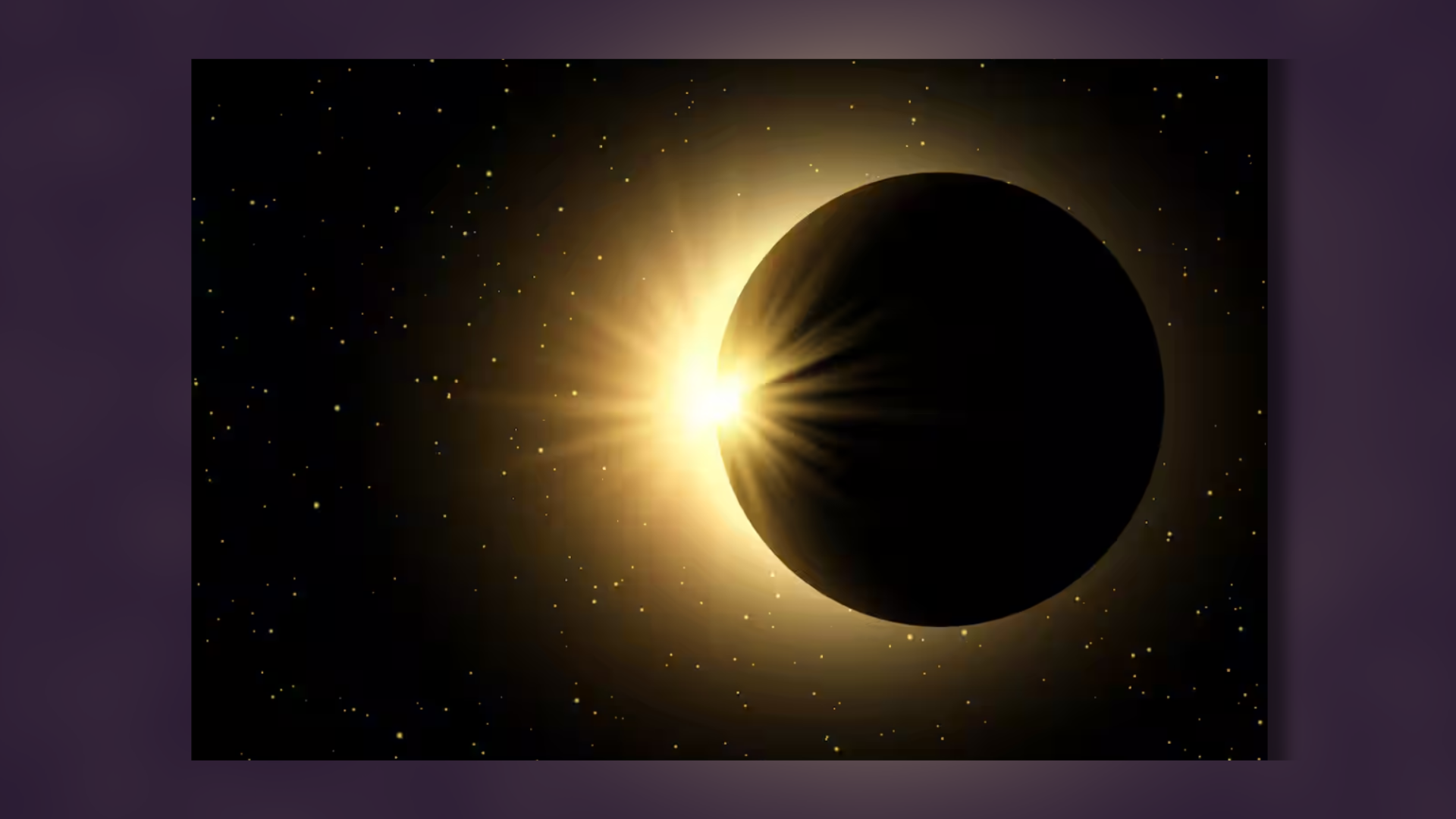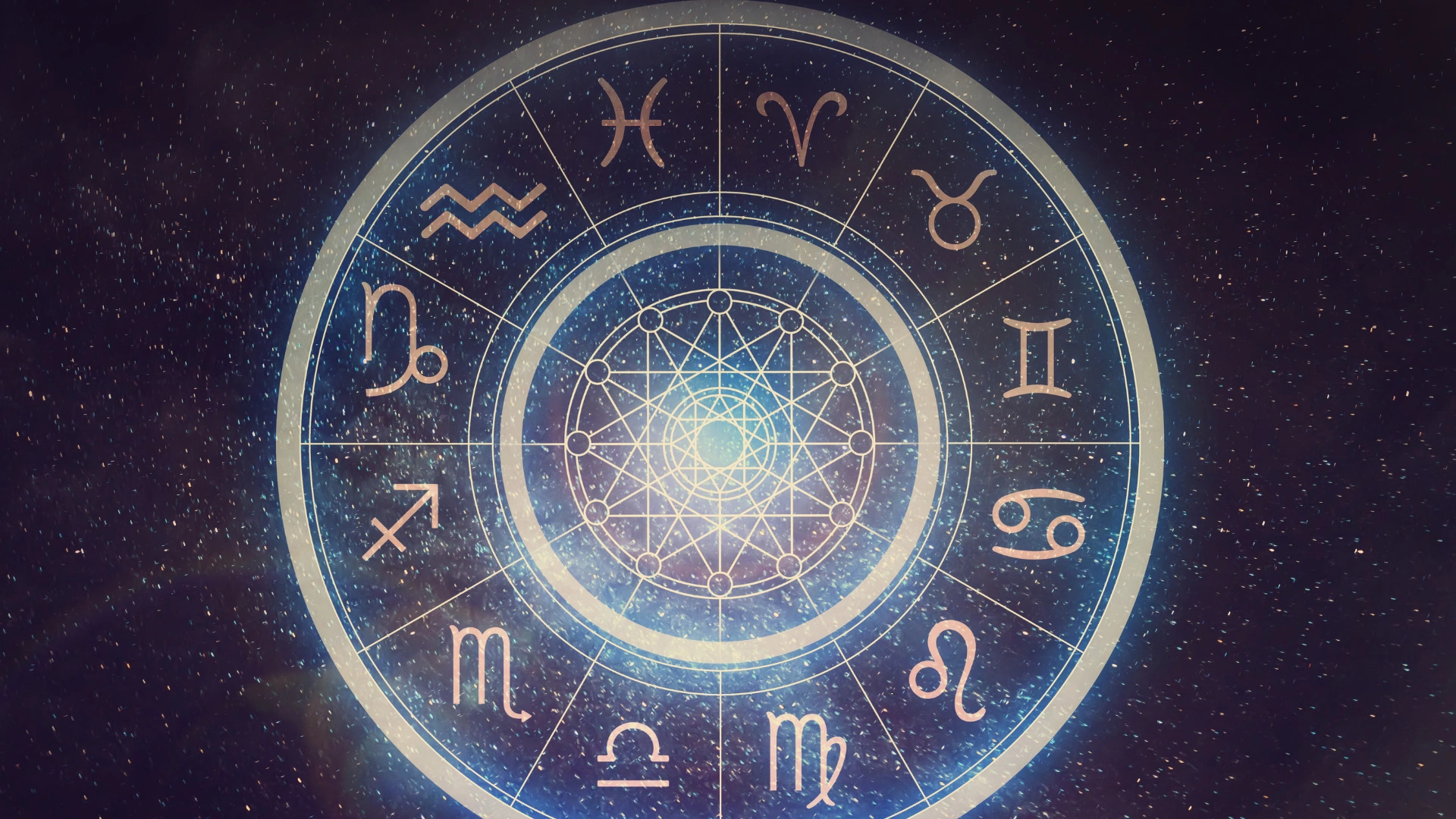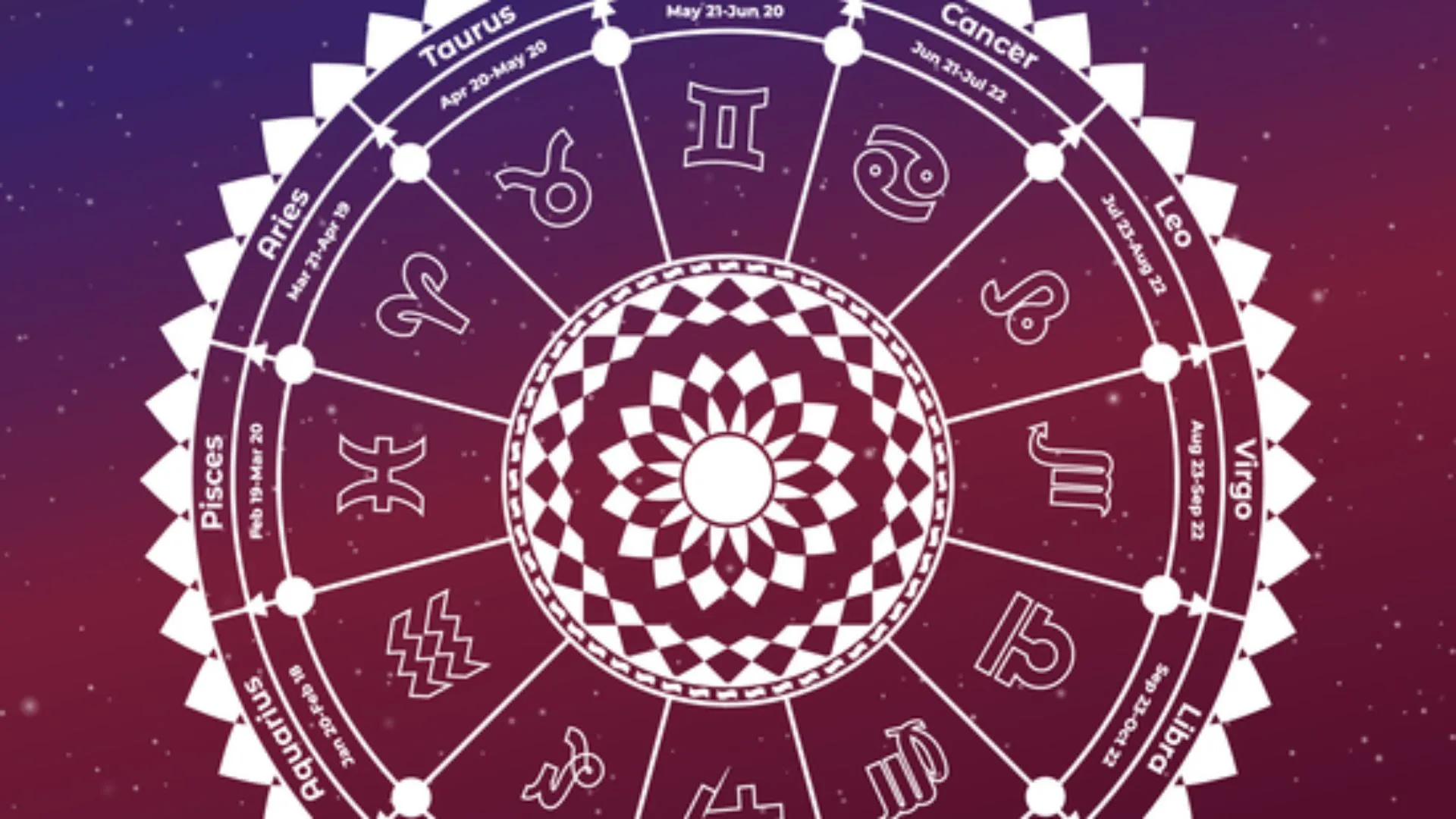As the US eagerly anticipates the final hours leading up to the highly awaited total solar eclipse on April 8, this extraordinary astronomical event will unfold across 15 states in North America.
The rare occurrence of this celestial phenomenon, which happens once in a blue moon, is both awe-inspiring and potentially harmful to the eyes. While millions of spectators may be tempted to witness the eclipse with the naked eye, a senior Henry Ford ophthalmologist offers some words of caution, highlighting the risks of potential permanent eye damage.
Here are some key highlights from Dr. Nitin Kumar’s insightful conversation with The Detroit News:
How to watch the solar eclipse without fearing permanent vision damage?
Eye safety gear for the eclipse viewing experience –
First and foremost, many individuals witnessing this remarkable phenomenon may question whether they can safely view the eclipse without any protective gear. Dr. Kumar strongly advises against doing so unless you are in the path of totality.
Even then, accurately timing the moment of totality can be a challenging task. Incorrect timing could lead to irreparable damage to your retina. The ophthalmologist recommends that individuals wear appropriate eye protection, such as proper filter glasses, when viewing the eclipse. He also suggests that those in areas experiencing totality should also wear proper eye protection.




















